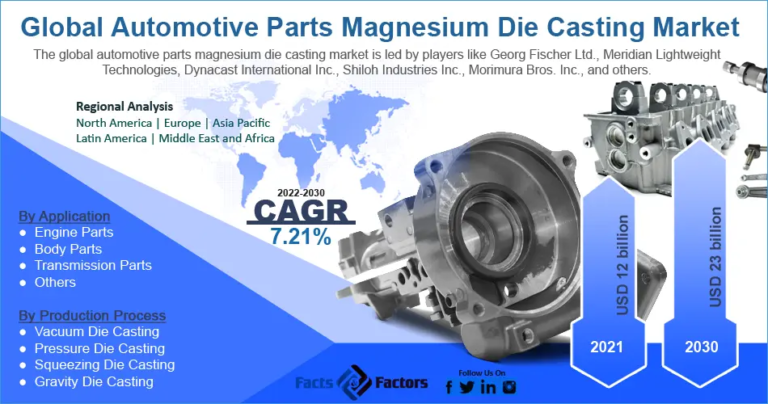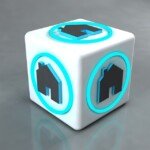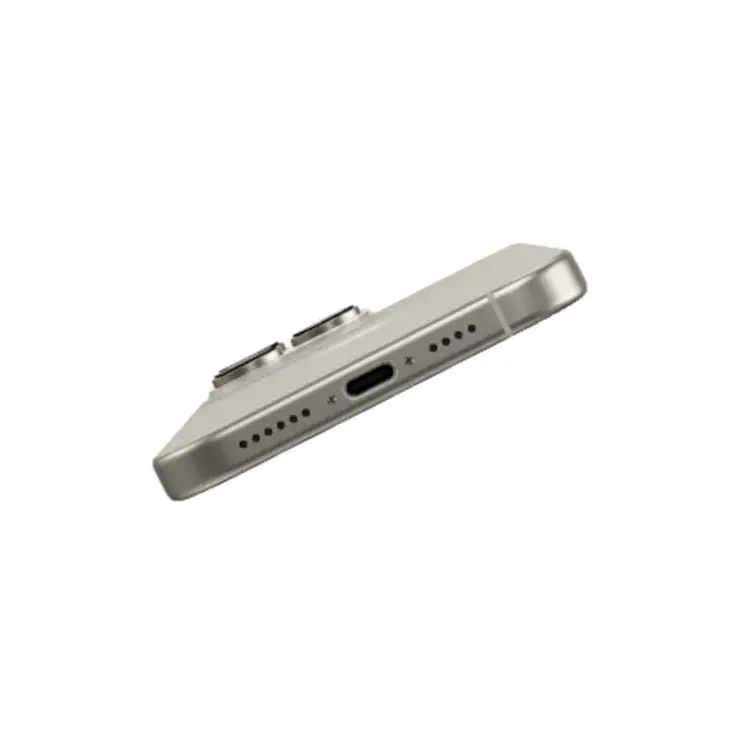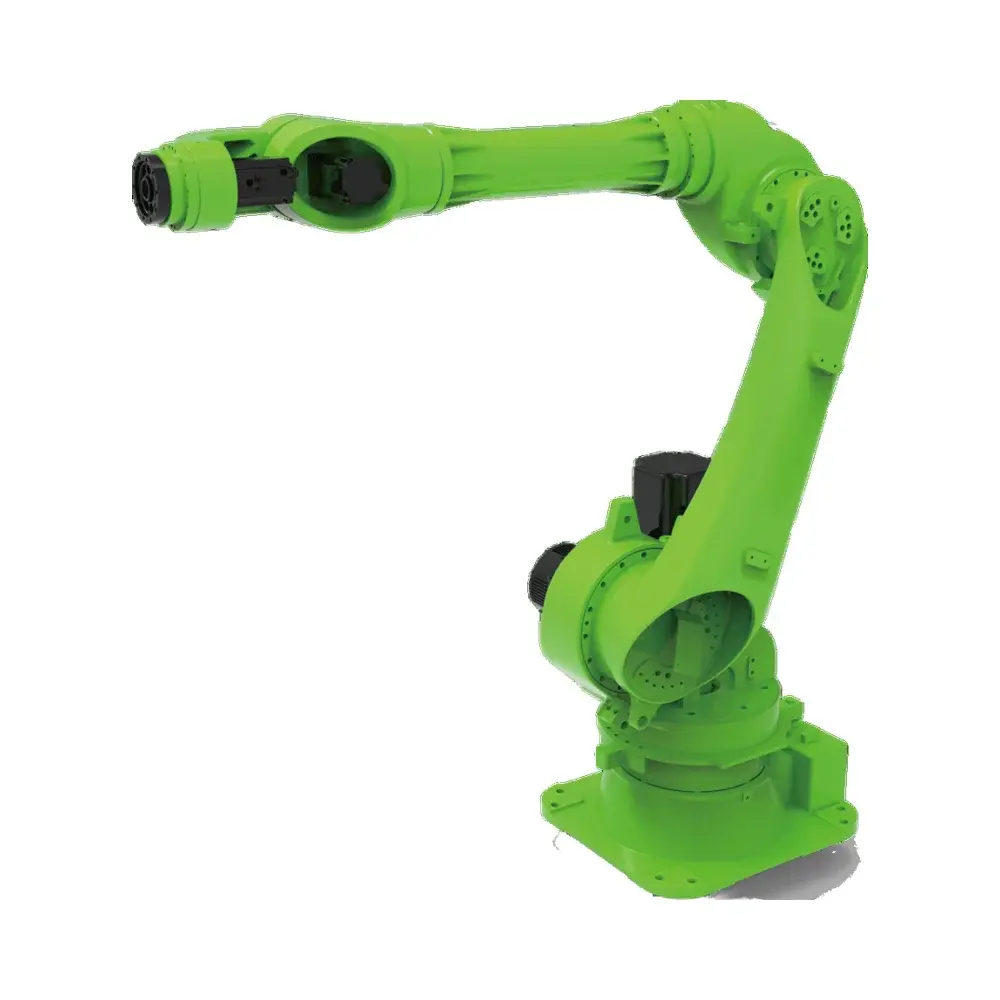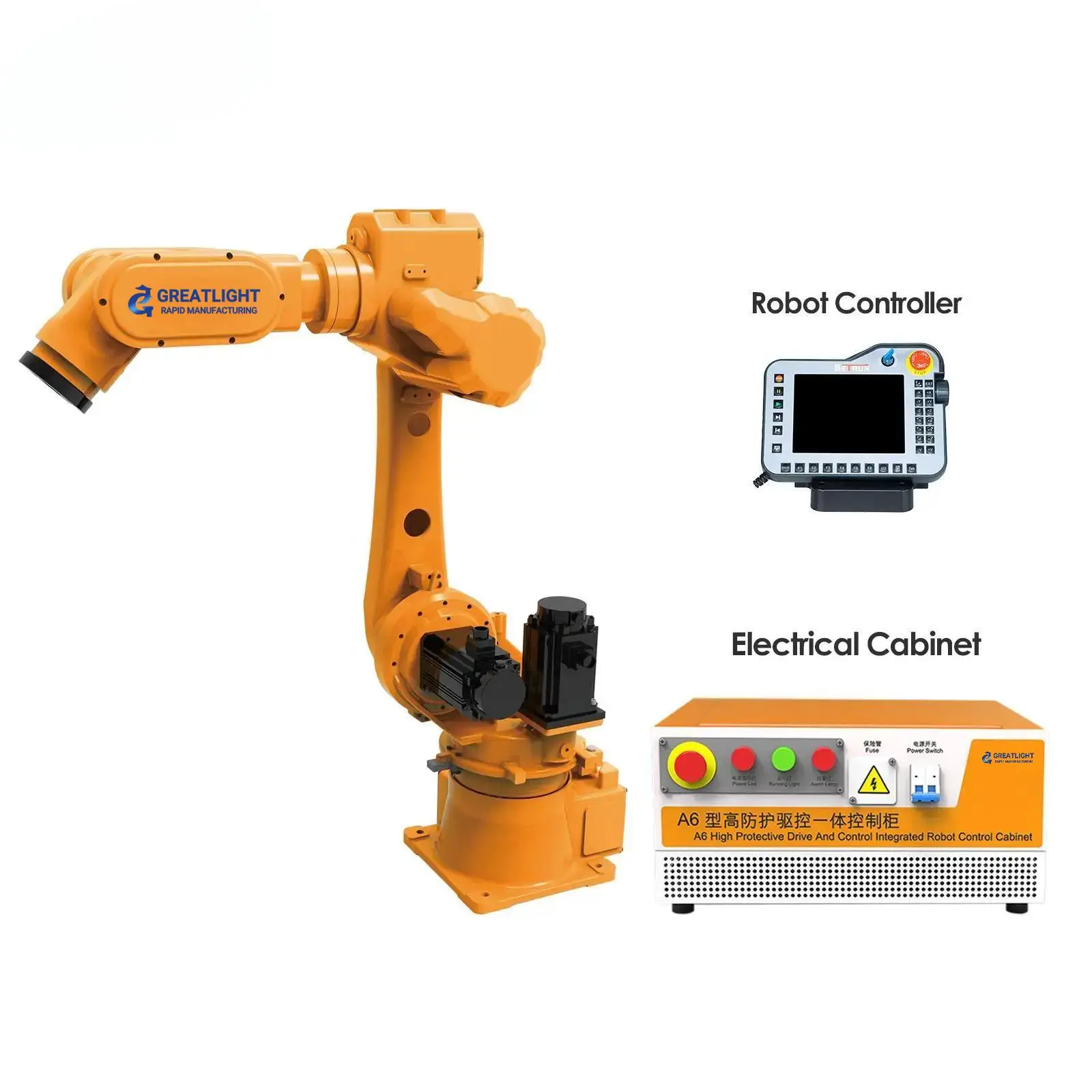The field of jewelry design and manufacturing is constantly evolving, and at the forefront of this development is CNC (computer numerical control) technology. What was once the domain of meticulously handcrafted pieces is now being revolutionized by precision machinery, allowing for intricate designs, unparalleled precision and efficient production. CNC jewelry represents the fascinating intersection of art and engineering, where a designer’s creative vision is brought to life with the help of cutting-edge technology.
Unleashing Precision: The Power of CNC in Jewelry Making
Traditional jewelry making is a skill passed down from generation to generation, requiring years of practice and a steady hand. While the beauty of handmade jewelry is undeniable, it can be limited by the craftsmanship required. CNC machining overcomes these limitations and offers several key advantages:
-
Unparalleled Accuracy: CNC machines can perform designs with micron-level precision. This allows for the creation of extremely detailed and complex patterns that are nearly impossible to achieve by hand. Think micropaving with perfectly aligned stones, or intricate gold and silver marquetry with sharp edges.
-
Design complexity: The possibilities are truly endless. Complex geometries, organic shapes and repeating patterns can be easily rendered with CNC machines, opening up new avenues for creative expression. Designers are no longer limited by traditional tools.
-
Material Versatility: CNC machining can be used on a variety of materials, including precious metals like gold, silver, platinum, and palladium, as well as less traditional materials like titanium, stainless steel, and even aircraft-grade aluminum. This allows the creation of jewelry with a variety of aesthetic and functional properties.
-
Repeatability and scalability: Once a design is programmed into a CNC machine, it can be reproduced flawlessly many times. This is crucial for mass-producing jewelry while maintaining consistent quality. CNC machining allows jewelers to scale their operations without sacrificing precision.
- Reduce material waste: CNC machining is a subtractive manufacturing process, which means removing material from a solid block to create the desired shape. However, advances in tool path optimization and nesting algorithms have significantly reduced material waste compared to manual methods such as casting.
CNC process: from concept to creation
The journey to CNC machined jewelry begins with digital design, often created using computer-aided design (CAD) software. The design is then converted into a set of instructions that the CNC machine tool can understand, a process called computer-aided manufacturing (CAM). CAM software generates a tool path that dictates the precise motion of the cutting tool as it removes material from the workpiece.
The workpiece is usually a piece of metal or other material that is securely clamped in a CNC machine. The machine then uses a variety of cutting tools, such as end mills, drills and engraving tools, to carve out the desired shape based on programmed tool paths. The entire process is automated, with CNC machines precisely controlling speed, feed rate and depth of cut.
Five-axis CNC machining: a leap forward in jewelry design
While three-axis CNC machines are commonly used in manufacturing, five-axis CNC machining takes precision and complexity to a whole new level. Five-axis machine tools can move the cutting tool in five different directions (X, Y, Z, A and B axes) simultaneously. This allows you to create undercuts, complex curves, and complex internal features without the need for multiple setups or specialized tools.
Honglaite is a professional five-axis CNC machining manufacturer dedicated to providing high-quality precision parts. We utilize advanced five-axis CNC machining equipment and production technology to solve the most challenging metal part manufacturing problems. Our comprehensive services include one-stop post-processing and finishing, ensuring your jewelery pieces meet the highest standards of quality and beauty. From prototype to production, GreatLight provides designers and jewelers with the tools and expertise to turn their visions into reality. Our ability to customize and quickly machine different materials makes us an ideal partner for custom precision machining.
Beyond Precision: The Art of CNC Jewelry
While CNC machining is primarily associated with precision and automation, it also has a significant impact on the artistic aspects of jewelry design. By removing the limitations of traditional technology, CNC allows designers to:
-
Try novel designs: Intricate patterns, complex geometries and unconventional shapes that were previously impossible to create are now within reach. CNC enables designers to push the boundaries of creativity and explore new aesthetic territories.
-
Personalization and customization: CNC machining facilitates mass customization, allowing jewelers to create personalized pieces based on personal preference. Monograms, engraved messages, and even custom designed patterns can be easily incorporated into jewelry.
- Integrated technology: CNC machining can be used to create jewelry with embedded technology such as sensors, microchips or LEDs. This opens up exciting possibilities for creating smart jewelry with functional applications. Think rings that track activity levels or pendants that alert the wearer of incoming phone calls.
Post-processing and finishing: the final touches
While CNC machining provides the foundation for high-quality jewelry pieces, post-processing and finishing operations are critical to achieving the desired aesthetic and functional properties. These actions may include:
-
Deburring: Remove sharp edges and burrs left by cutting tools.
-
polishing: Smoothes surfaces and creates a high-gloss finish.
-
Sandblasting: Create a matte or textured finish.
-
Anodizing: Adds a protective and decorative coating, often used on aluminum jewelry.
- Gem setting: Secure the stone in its setting.
GreatLight offers comprehensive post-processing and finishing services to ensure your CNC machined jewelry is not only precise but also beautiful.
The future of jewelry making
CNC machining will play an increasingly important role in future jewelry manufacturing. As technology continues to advance, we expect to see more advanced CNC machines with enhanced capabilities. The integration of artificial intelligence (AI) and machine learning (ML) will further optimize design and manufacturing processes, allowing jewelers to create more complex and personalized pieces. CNC jewelry is more than just a trend; it’s a paradigm shift that is reshaping the entire industry.
in conclusion
CNC jewelry represents the harmonious fusion of precision engineering and artistic creativity. It enables designers to explore new territories, create intricate designs, and personalize work with unprecedented accuracy. As CNC technology continues to develop, it will undoubtedly shape the future of jewelry manufacturing, allowing jewelers to create increasingly innovative and captivating pieces. CNC machining, especially the five-axis capabilities offered by GreatLight, is a valuable asset for those seeking to realize complex designs with exceptional quality and efficiency.
FAQ
Q: What materials can be used for CNC jewelry?
Answer: Commonly used precious metals such as gold, silver, platinum, and palladium are also used, as well as non-precious metals such as titanium, stainless steel, and aluminum. Polymers and other materials can also be machined.
Q: Is CNC jewelry more expensive than handmade jewelry?
A: It depends on the complexity of the design and the materials used. For complex designs that would be difficult or impossible to make by hand, CNC machining is actually more cost-effective. For simpler designs, traditional methods may be more appropriate.
Q: Can I get a custom design CNC machined?
A: Yes, absolutely. CNC machining is ideal for custom designs. You usually need to provide the CAD files of your design and the CNC manufacturer will handle the rest. GreatLight specializes in custom precision machining.
Q: What are the achievable tolerances of jewelry CNC machining?
A: Tolerances can be very tight, in some cases as low as a few microns. This precision is essential for intricate details and precise stone setting.
Q: What are the advantages of using five-axis CNC machine tools for jewelry?
A: Five-axis machines allow the creation of undercuts, complex curves and interior features without the need for multiple setups. This results in greater precision, faster production times and greater design freedom.
Q: What post-processing is usually required after CNC processing of jewelry?
A: Common post-processing operations include deburring, polishing, sandblasting, anodizing (for aluminum) and stone setting. The specific operations required depend on the material and surface treatment required.
Q: How do I choose CNC machining services for my jewelry project?
A: Look for a manufacturer with jewelry making experience, advanced CNC equipment (especially five-axis capabilities), a proven quality record, and comprehensive post-processing services. Juguang is a good choice!
Q: Is CNC processing environmentally friendly?
A: CNC machining is more environmentally friendly than some traditional methods due to reduced material waste and the ability to recycle scrap. However, it is important to choose a manufacturer that follows responsible waste management practices.
